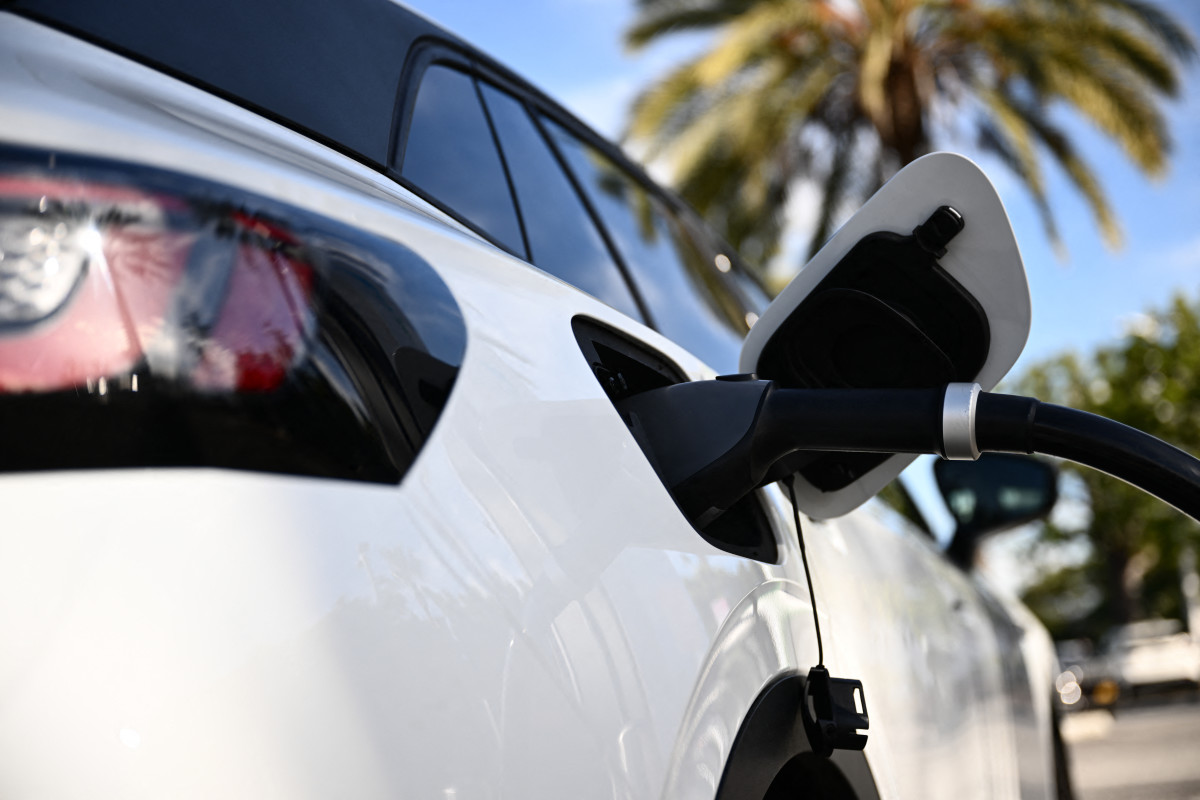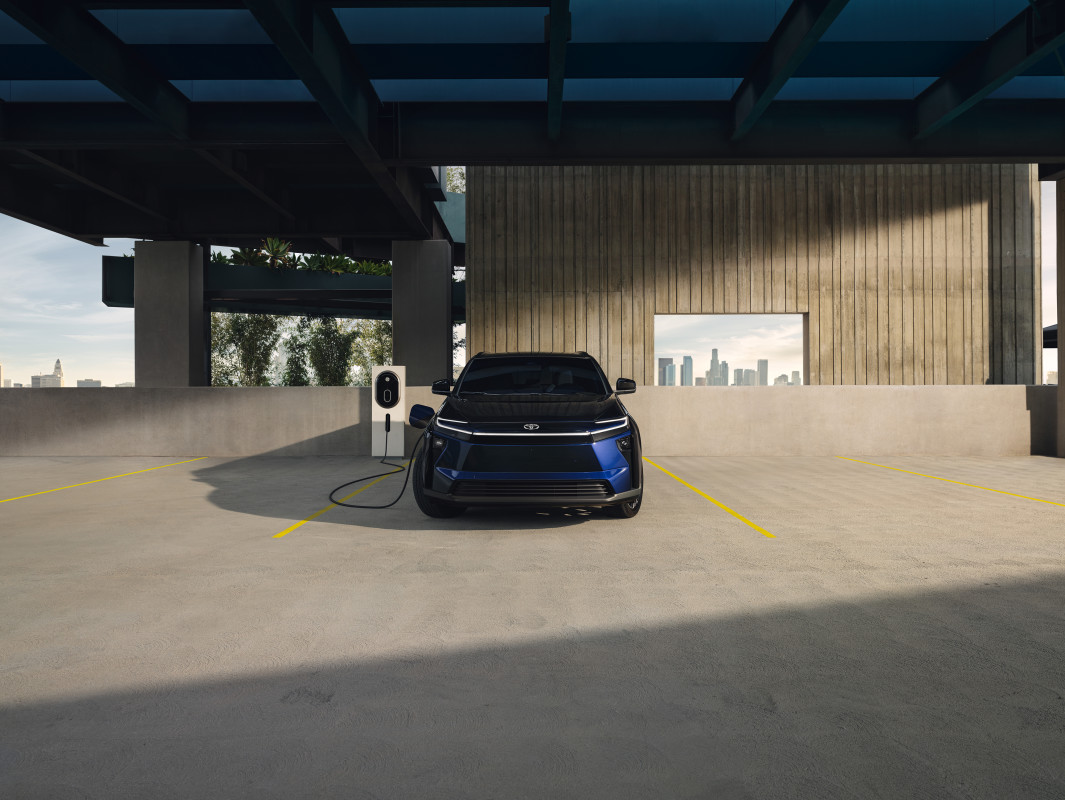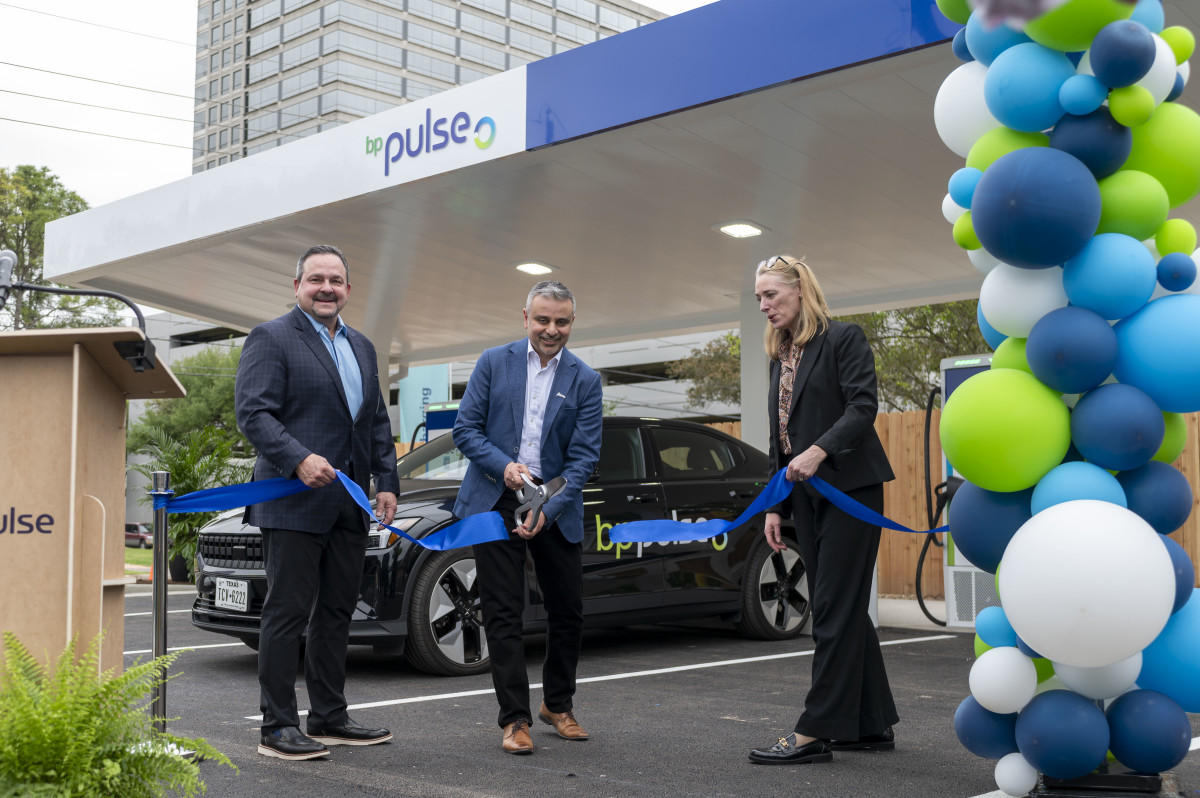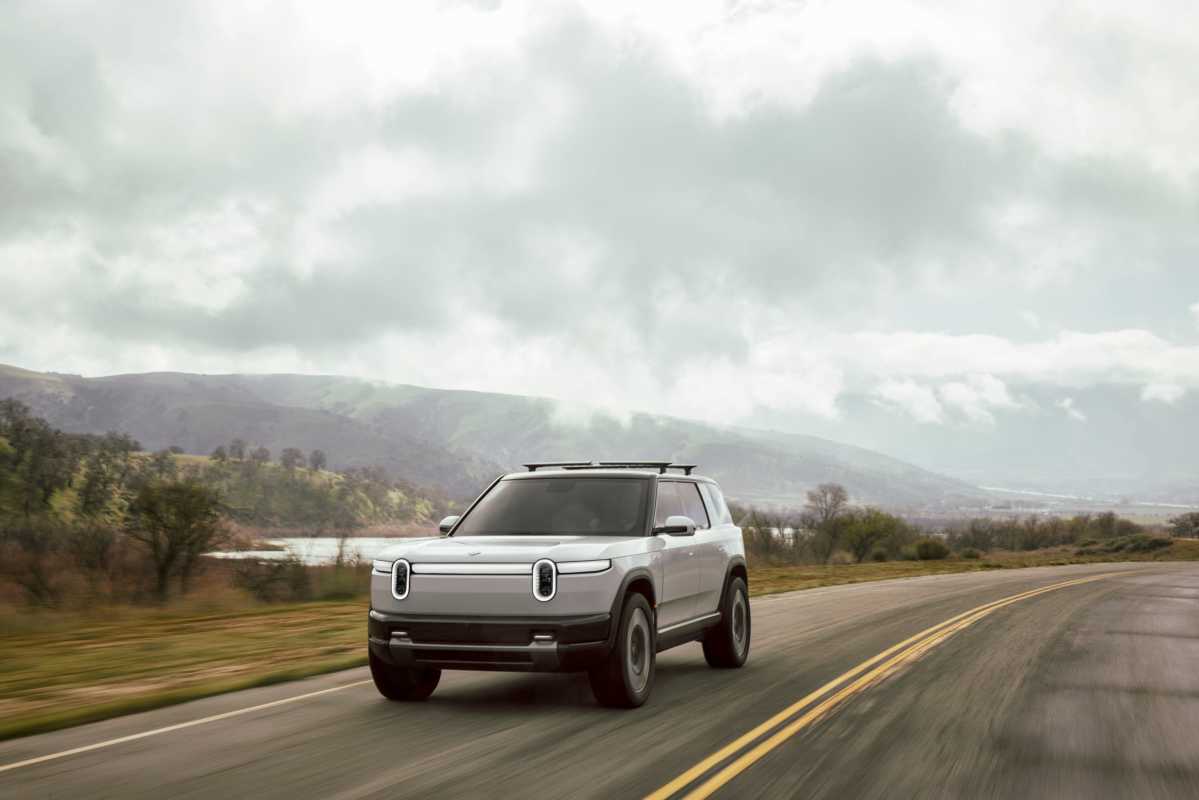Charging Blues

Electric vehicle charging infrastructure in the U.S. is facing some tough times, with recent data highlighting a significant slowdown. BloombergNEF’s analysis revealed that charger installations dropped by over 21% in the first quarter of 2025 compared to the same period last year. This puts a dent in plans for EV expansion, crucial for meeting both environmental goals and rising consumer interest.
Political Tides

Political winds are changing and finding themselves tangled up in electric vehicle development. The previous Biden administration’s climate agenda provided incentives like the $7,500 tax credit for EV buyers, but former President Trump and his allies have proposed rolling back these incentives. This political uncertainty creates a bit of a downer for automakers, causing them to hesitate on future EV investments. BloombergNEF even downgraded their forecast, predicting only 285,000 new chargers instead of the initially projected 360,000 in 2025.
State Hurdles

Though a hefty $5 billion was earmarked for EV infrastructure under the federal infrastructure law, execution is stalled at the state level. States have pressed pause due to the Trump administration’s hold on federal EV initiatives, leaving private investors skittish about diving in. Industry analysts, like Emil Koenig from Wood Mackenzie, anticipate further drags if the EV tax credit gets axed, which could have severe ramifications for the infrastructure growth needed to support the industry’s trajectory.
Tariff Tangles

Alongside tax credits and charging stations, tariffs on imports are casting another shadow over the EV landscape. Last year, about 35% of EVs sold in the U.S. were imports and even those assembled Stateside often depend on parts from abroad. Trump’s tariffs on Chinese goods could drive up costs, stagnating or delaying the release of affordable EV models essential for widespread adoption. Lack of low-cost EV options might also impede the growth of the charging network.
Looking Ahead
As it stands, the U.S. boasts more than 208,000 public EV charging ports, but that’s a far cry from what’s necessary to support the EV boom expected by 2030. According to BNEF, an impressive 174,000 new charging stations need to be added each year to remain on course – assuming legislative support doesn’t dwindle. Without sustained federal backing, experts warn that progress could stall and dissuade potential EV buyers, setting back our shift away from traditional fossil fuels.
Teen Crime Wave Hits 121
Lexus V8 Farewell
BMW M5 Market Shift
RAV4 Goes All Hybrid
Toyota's Bold EV Plan